The concept of the decline of the West has been a topic of discussion for several decades. With the emergence of new powerful countries, the balance of power is slowly shifting away from the West. While the United States and Europe have dominated the world stage for several centuries, the rise of new powers is set to change the global order. By 2050, several countries are expected to become economic and political superpowers, and here are a few of them:
FUTURE POWERFUL ECONOMIES
32. NETHERLANDS (2018 RANKING: 26)

Western European economies will fall in the rankings by 2050 because of dormant profitability development, a maturing public, and a moderating birth rate. The Netherlands is a prime case, rolling from the 26th most capable nation on the planet in 2018 to the 32nd in 2050. No doubt it might change its rank to an upper position in the next 10 years and but yes it is one of the most powerful country in world.
Read: Powerful Countries 2019
31. COLOMBIA (2018 RANKING: 30)

A consistently extending populace combined with direct financial development should stand the Colombian economy in great stead throughout the following 33 years. By 2050, Colombia is anticipated to climb the rankings by one place. It is currently one if the least powerful country in the world.
30. POLAND (2018 RANKING: 30)
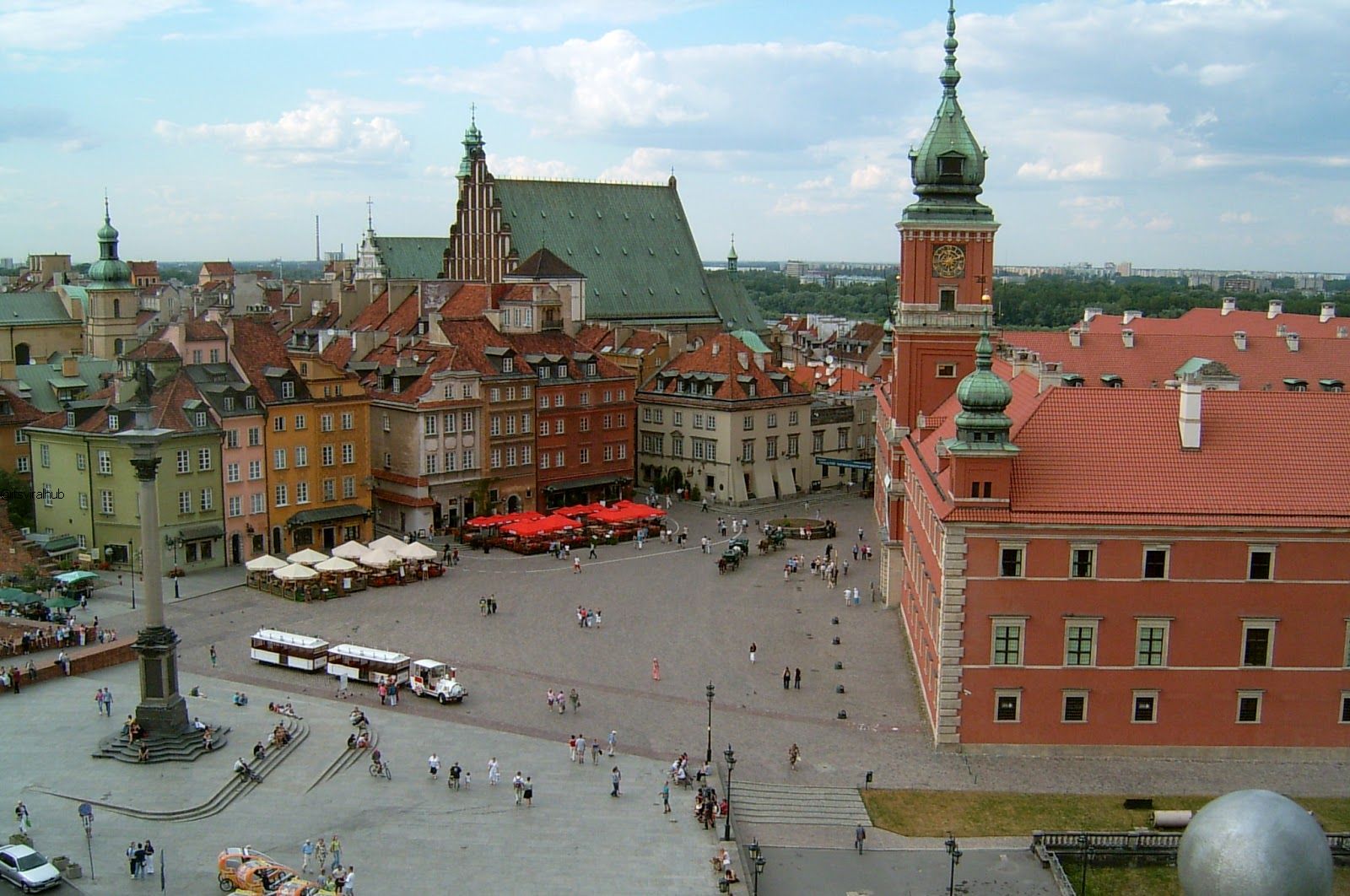
Eastern and Central European economies are relied upon to improve the situation more than their partners in the west of the landmass in the coming decades. In any case, while GDP development in Poland ought to be solid at 4.5% a year, all things considered, a diminishing populace may bring some relief to the developing economy.
29. ARGENTINA (2018 RANKING: 25)
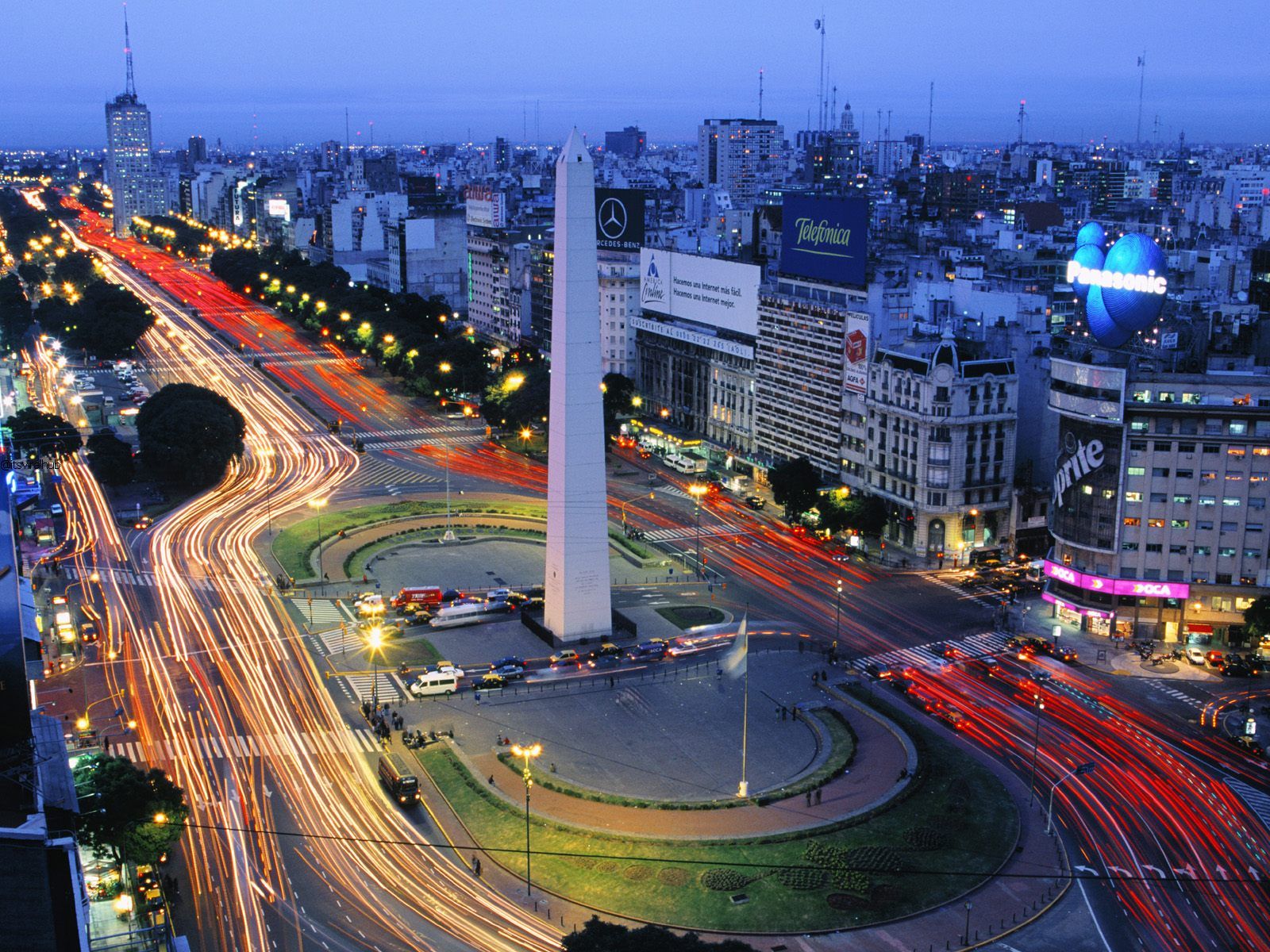
Descending 25th to 29th place, Argentina should encounter a direct populace lift and its economy ought to become relentlessly finished the following 33 years, however in connection to different nations in Latin America and somewhere else, the development is probably going to be unobtrusive, subsequently the fall.
28. AUSTRALIA (2018 RANKING: 19)

Australia dangers dropping a stunning nine places by 2050, tumbling from the nineteenth to the 28th biggest economy on the planet by 2050. The possible offender? An undiversified economy that is intensely dependent on the mining of constrained non-renewable energy sources.
27 SOUTH AFRICA (2018 RANKING: 29)

South Africa’s populace is anticipated to increment by around 0.5% every year until the point when 2050 and long haul maintained monetary development is on the cards for the nation. Obviously, South Africa is required to ascend from the world’s 29th biggest economy in 2018, to the 27th by 2050.
26. SPAIN (2018 RANKING: 16)

The heaviest tumble down the rankings, Spain is anticipated to dive from sixteenth most effective economy in 2018 to 26th in 2050. Experts put this down to a vast decrease in the working age populace instead of dull monetary execution.
25. THAILAND (2018 RANKING: 20)

In the same way as other rising economies, Thailand is dashing ahead. The Thai economy is required to be the 25th biggest on the planet by 2050, up five spots contrasted with 2018. Financial development estimates are light for the coming a very long time regardless of negative populace development.
24. MALAYSIA (2018 RANKING: 27)
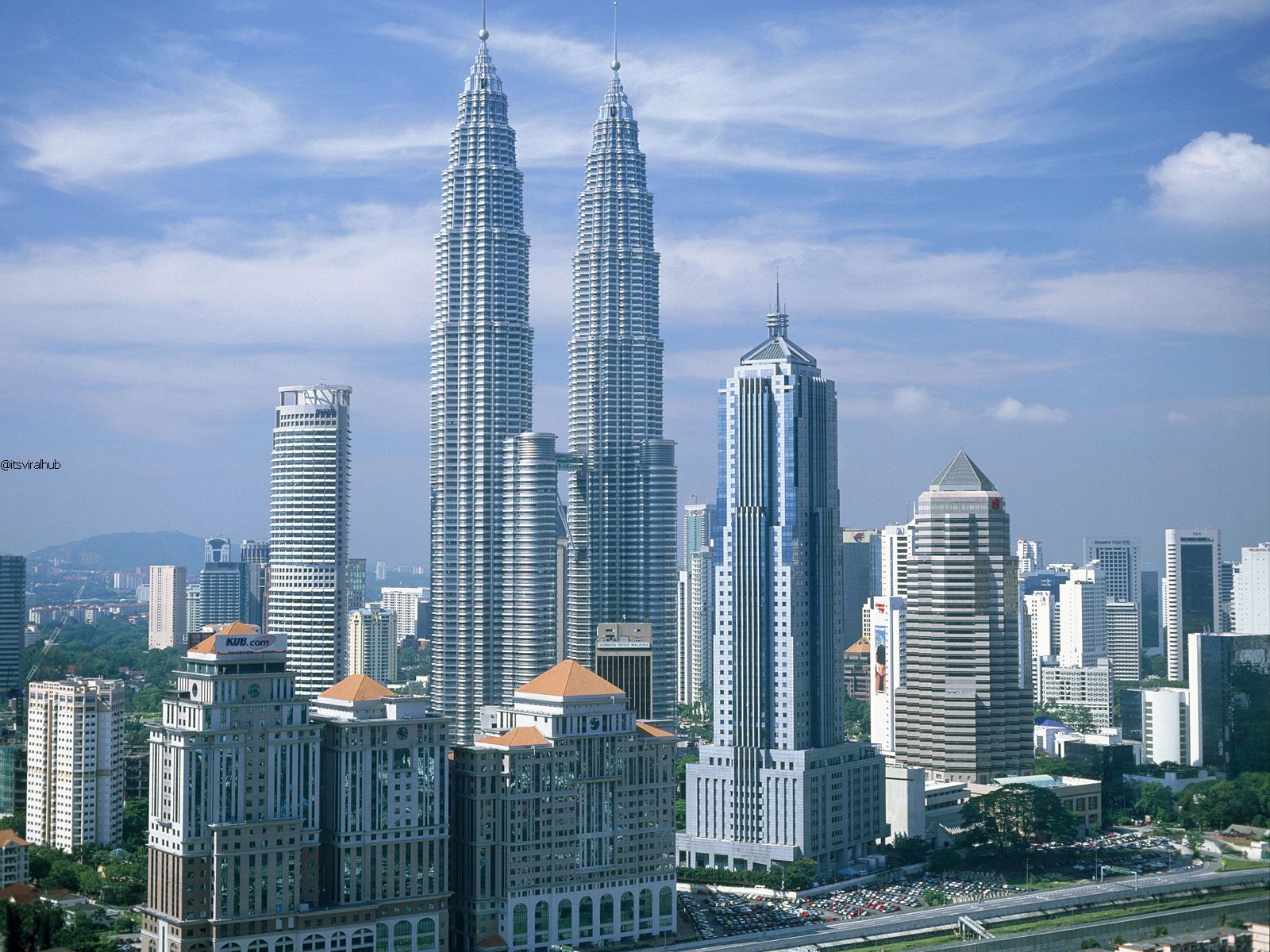
Thailand’s neighbor Malaysia is anticipated to ascend the rankings as well. Reflecting the country nearby, Malaysia should encounter great GDP development throughout the following 33 years, getting the nation in 24th place by 2050. Surely it will be going to one of the upcoming powerful countries in the world.
23. BANGLADESH (2018 RANKING: 31)

Another noteworthy ascent in the rankings, Bangladesh is gauge to have the world’s 23rd greatest economy in 2050, up from the 31st out of 2018. This development is by and by subject to the administration establishing monetary change and enhancements to the nation’s training framework, as per PwC.
22. CANADA (2018 RANKING: 17)

Joining other floundering-propelled economies in the West, Canada is probably going to slip five places down the rankings by 2050. Once more, a blend of moderating socioeconomics and unremarkable financial development clarifies the fall. So it is going to be in the list of upcoming powerful countries in the world.
21. ITALY (2018 RANKING: 12)

Italy has a comparative but more major issue. Battling with a maturing populace and fair financial execution, the European nation is likewise anticipated to drop out of the Top 20, down from the twelfth biggest economy on the planet in 2018, to the 21st of every 2050.
Also Read: Modi’s Second term in India
20. VIETNAM (2018 RANKING: 32)
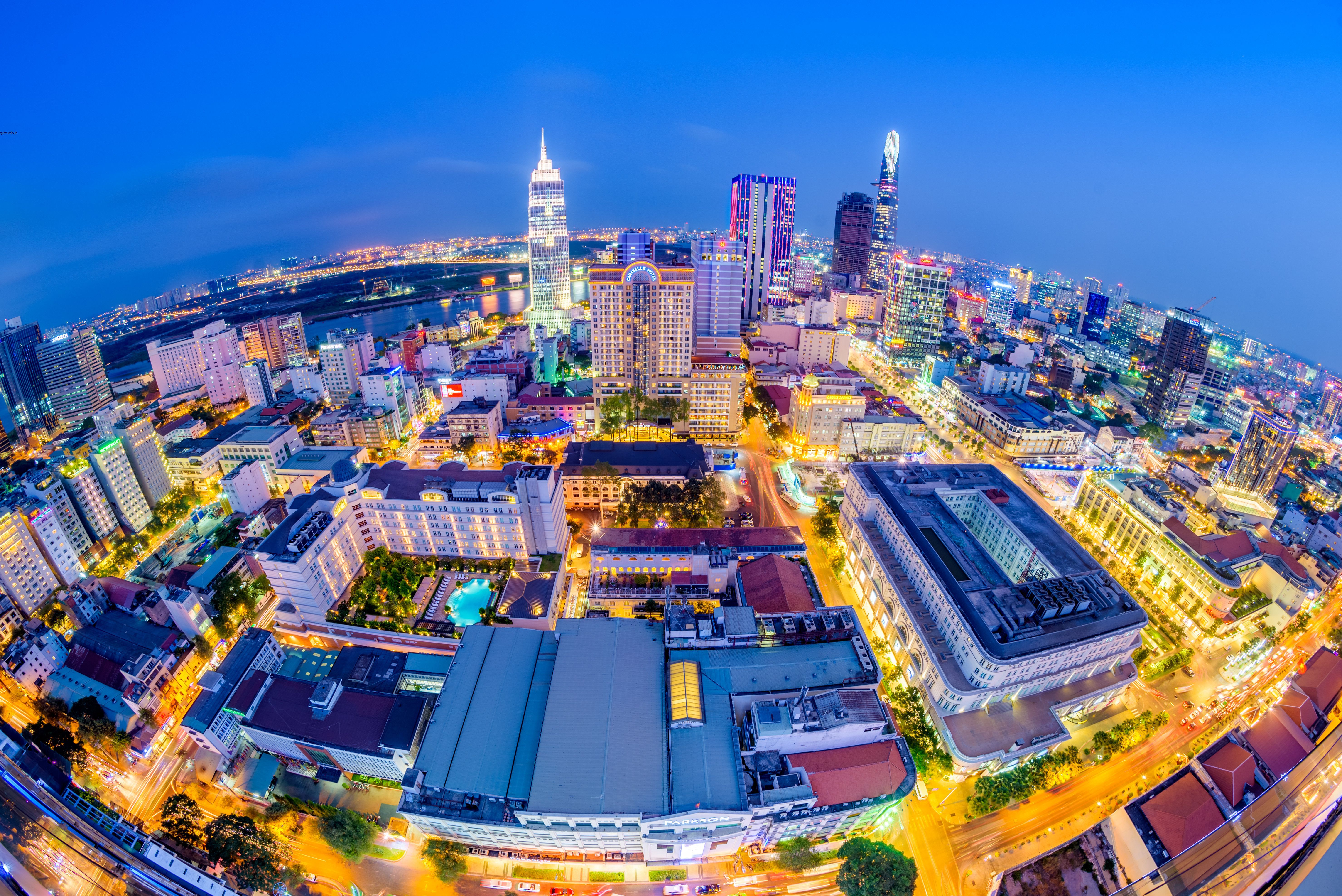
Out of every one of the 32 nations examined, Vietnam is ready to be the most astounding mover. Its economy is anticipated to be the twentieth greatest on the planet in 2050, up a monstrous 12 places contrasted with 2018. Just like the case with Bangladesh, in any case, this dangerous development will be dependent on monetary and instructive changes.
19. PHILIPPINES (2018 RANKING: 28)
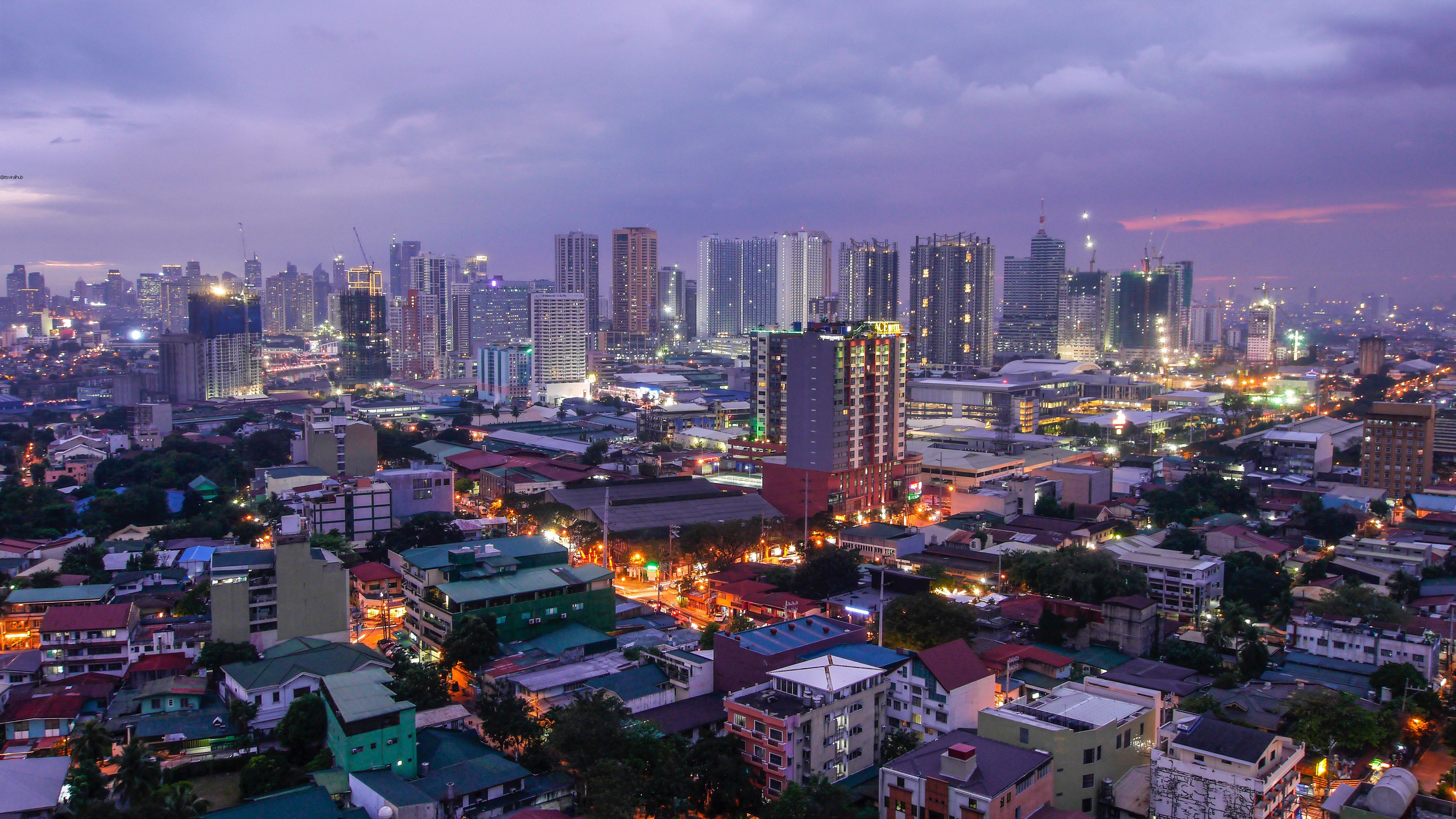
The second most noteworthy mover, the Philippines is figure to have the world’s nineteenth biggest economy in 2050, up from the 28th in 2018. In spite of the fact that the nation’s monetary execution is relied upon to be powerful, PwC predicts solid populace development will be the fundamental driver.
18. SOUTH KOREA (2018 RANKING: 13)

Another casualty of moderating socioeconomics, South Korea is set to encounter one of the biggest decreases in working age populace out of the 32 nations included in the report. Thusly, the nation’s economy is conjecture to be the eighteenth biggest on the planet by 2050, down five spots contrasted with 2018.
17. IRAN (2018 RANKING: 18)
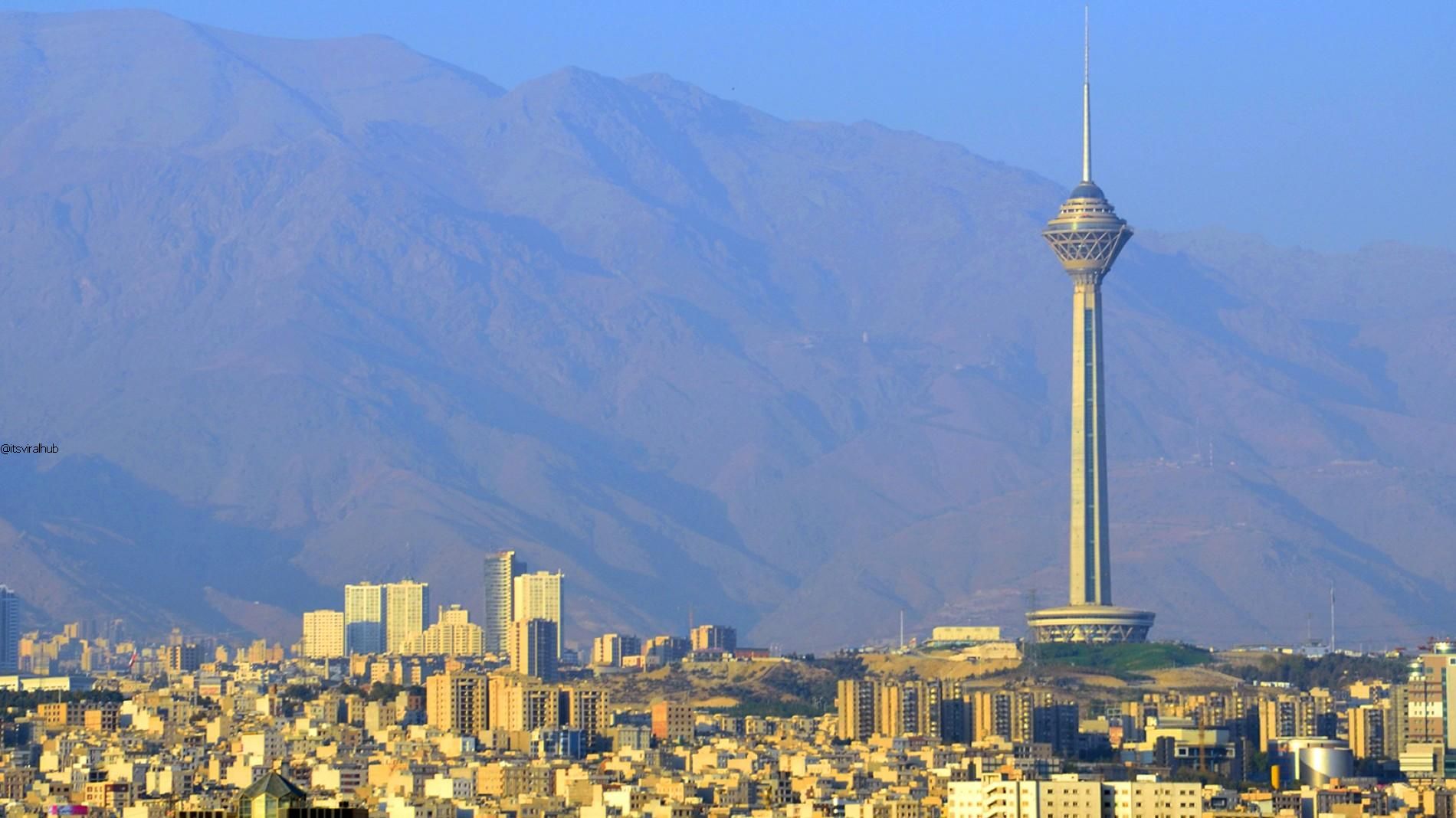
Iran’s populace is anticipated to grow 0.4% every year in the years up to 2050 however its economy should encounter normal yearly GDP development of 5.5%, pushing it up one place in the positioning to the eighteenth biggest economy on the planet by 2050.
16. PAKISTAN (2018 RANKING: 24)

Alongside Egypt, Pakistan is estimated to encounter the quickest populace development of any nation highlighted in the report, averaging 1.4% a year. These moving socioeconomics should help drive the economy into sixteenth place by 2050, up from 24th in 2018.
15. EGYPT (2018 RANKING: 21)

Egypt’s expedient populace development rate of 1.4% a year and normal yearly GDP development rate of 6.6% ought to essentially support the nation’s money related fortunes in the coming years. By 2050, Egypt is anticipated to be the fifteenth biggest economy on the planet, up from the 21st of every 2018.
14. NIGERIA (2018 RANKING: 22)
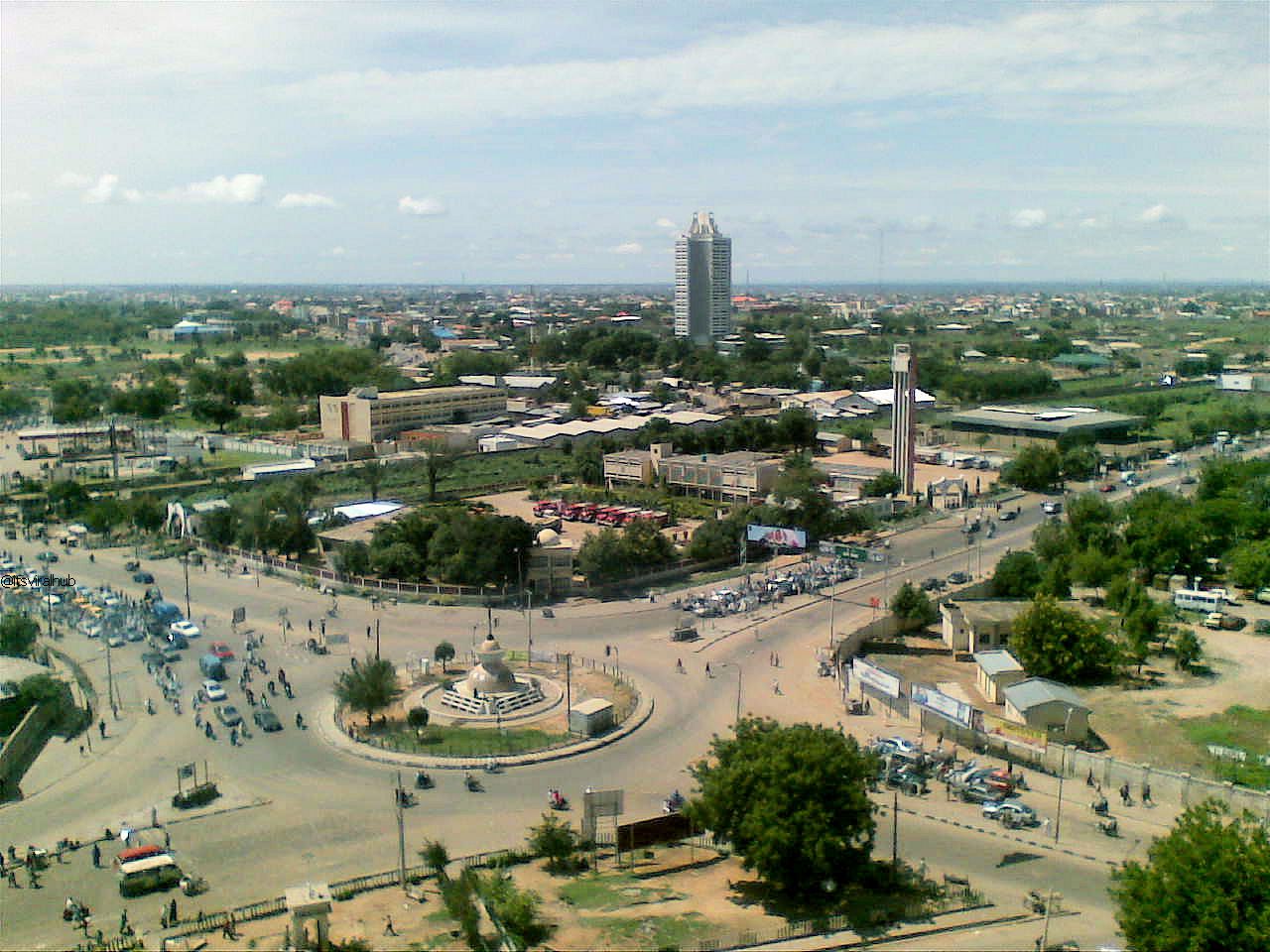
The third most elevated mover, Nigeria gloats the quickest developing economy in Africa. The nation is anticipated to rise eight spots to end up the world’s fourteenth biggest economy by 2050, however PwC has brought up that Nigeria should expand its economy, shore up its framework and handle debasement with a specific end goal to arrive.
13. SAUDI ARABIA (2018 RANKING: 15)

While the nation is as of now reliant on oil, the Saudi Government has eager intends to broaden its economy. Yearly development is relied upon to normal a dynamic 5.1%, driving Saudi Arabia up two spots from the fifteenth biggest economy on the planet in 2018 to the thirteenth biggest by 2050.
12. FRANCE (2018 RANKING: 10)

France is anticipated to drop two spots, from the world’s twelfth most effective economy in 2018 to the tenth in 2050, a less extraordinary fall contrasted with numerous other propelled Western European economies. France’s working-age populace is anticipated to stay level, thus the more humble drop.
11. TURKEY (2018 RANKING: 14)

Developing economies, especially effective E7 countries, for example, Turkey, remain to play out the best finished the following 33 years, because of the solid populace and GDP development. Turkey is anticipated to have the world’s eleventh-greatest economy by 2050, up three spots from 2018.
10. United KINGDOM (2018 RANKING: 9)

In spite of the fact that PwC anticipates that Brexit will cool the UK economy in the medium-term, the nation’s long-haul figure is quite great. The UK is relied upon to fall just a single place down the rankings by 2050, spared by its developing working-age populace and relentless monetary development.
9. GERMANY (2018 RANKING: 5)

Germany, then again, may not be very as blessed. The nation’s economy is relied upon to shrivel from the world’s fifth biggest in 2018 to the ninth biggest by 2050. The reasons? Moderate financial development averaging only 1.7% a year and a declining working-age populace, regardless of the current deluge of transients.
8. JAPAN (2018 RANKING: 4)

Dropping four spots, Japan is confronting similar issues. The previous powerhouse economy of Asia is required to post the slowest monetary development of all the 32 nations in the PwC report at a negligible normal of 1.1% a year. Its populace is additionally anticipated to fall the quickest, by a normal of 0.5% every year.
7. MEXICO (2018 RANKING: 11)
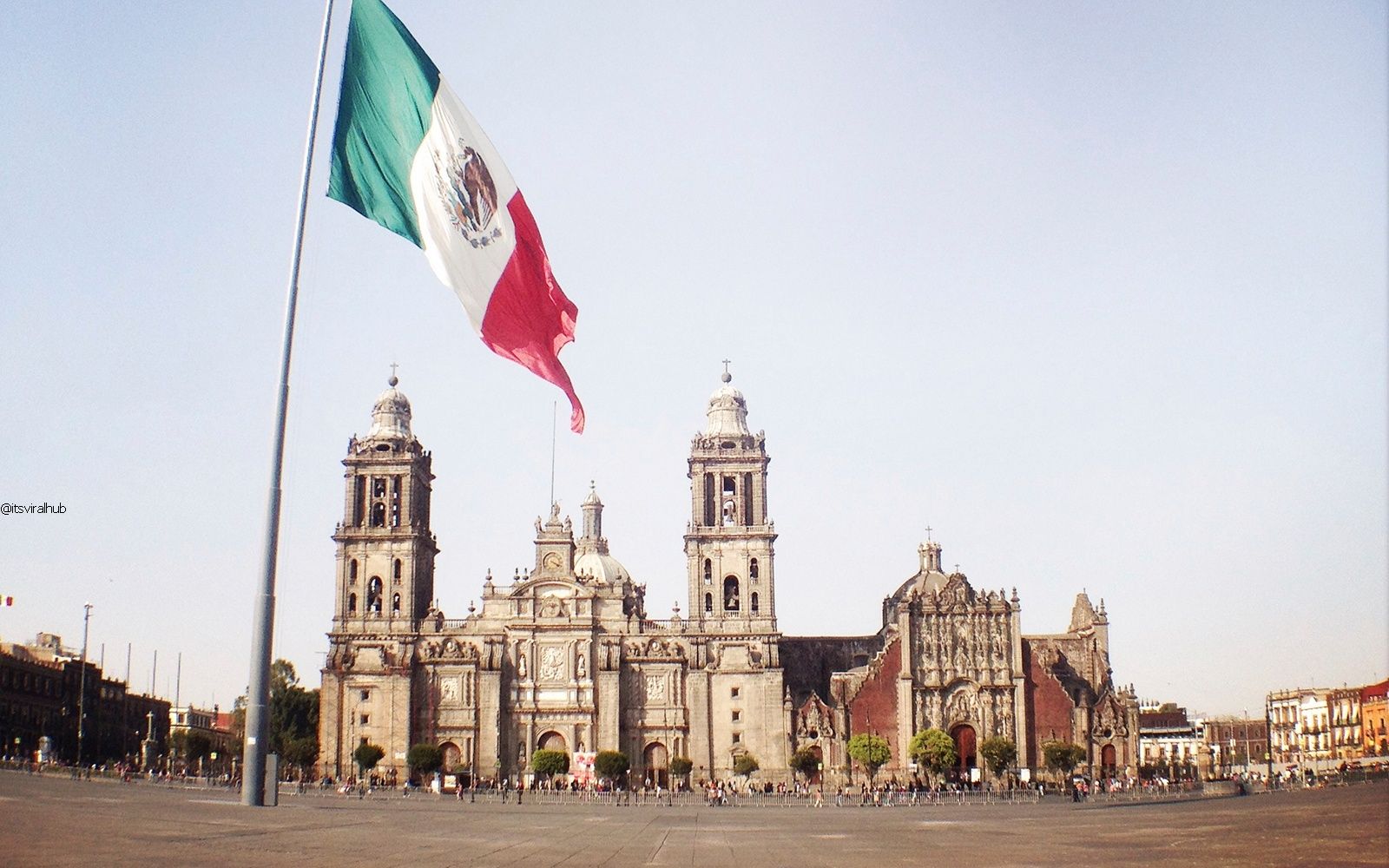
Regardless of whether President Trump constructs his divider or not, the Mexican economy is anticipated to develop from being the world’s eleventh biggest in 2018 to the seventh biggest by 2050 on the back of consistent populace and GDP development.
6. RUSSIA (2018 RANKING: 6)

Russia is gauged to remain the world’s 6th biggest economy. A baffling projection for an E7 country, Russia’s declining populace, and slower-than-foreseen GDP execution are relied upon to keep down the nation’s economy throughout the following 33 years.
Russia is a major player in global politics, with significant military and economic power. The country has vast natural resources, including oil and gas, and a highly skilled workforce. Despite facing economic sanctions from the West, Russia has managed to maintain economic growth, and it is expected to become a significant global power by 2050.
5. BRAZIL (2018 RANKING: 7)

Brazil’s economy is developing relentlessly however it does not have the touchy development of other E7 economies, for example, Mexico and Indonesia. Therefore, Brazil is just anticipated that would rise two places in the rankings, from the world’s seventh-biggest economy in 2018 to the fifth-greatest by 2050.
Brazil is the largest economy in Latin America and is expected to become the world’s fifth-largest economy by 2050. The country has a vast and diversified economy, with abundant natural resources, a highly skilled workforce, and a growing middle class. Brazil’s economic growth is driven by its strong domestic market, as well as its exports of commodities such as soybeans and iron ore.
4. INDONESIA (2018 RANKING: 8)
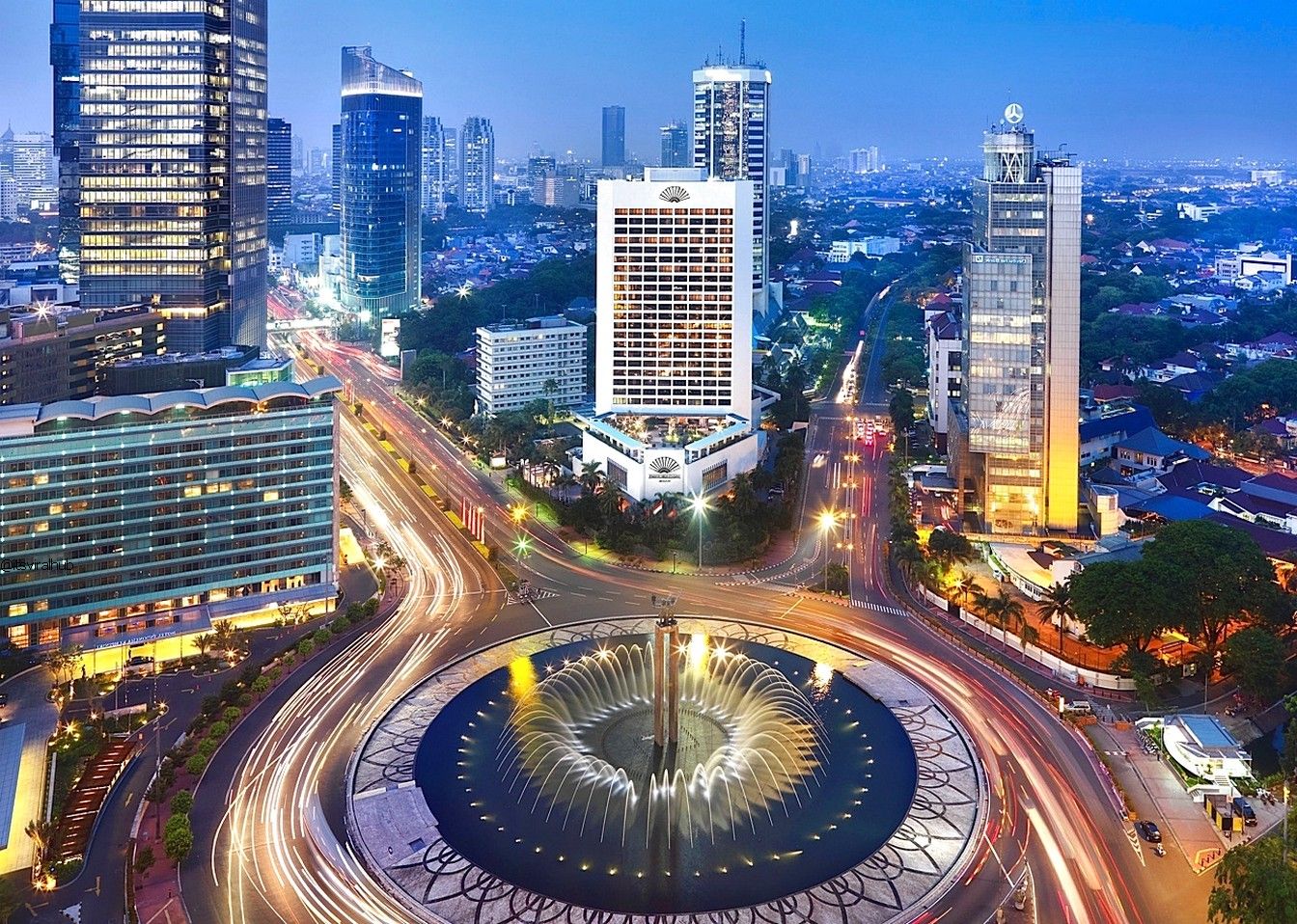
A noteworthy player by 2050, Indonesia is relied upon to gloat the world’s fourth biggest economy by the center of the century, up from the eighth most capable in 2018.
Indonesia is the world’s fourth-most populous country and is expected to become the world’s fifth-largest economy by 2050. The country has a young and growing population, a large and expanding middle class, and a diverse and resilient economy. Indonesia’s economic growth is driven by domestic consumption, as well as exports of commodities such as palm oil and coal.
3. United States (2018 RANKING: 2)

The forceful US is set to drop one place from the second-greatest economy on the planet in 2018 to the planet’s third-biggest by 2050. As indicated by investigators, a moderately moderate populace and yearly GDP development will be behind the fall.
2. INDIA (2018 RANKING: 11)

India is the world’s fastest-growing major economy, and it is expected to become the world’s third-largest economy by 2030. The country has a young and growing population, a large and rapidly expanding middle class, and a highly skilled workforce. With its robust economic growth, India is expected to become a global superpower by 2050.
India ventures into America’s spot by 2050, up from the third to the second biggest economy on the planet. At 7.7% a year, the nation is anticipated to have the most elevated GDP development rate in dollar terms of each of the 32 nations canvassed in the report. Also, it is going to be powerful country in the world by military.
1. CHINA (2018 RANKING: 1)

China is currently the world’s second-largest economy and is expected to overtake the United States as the largest economy in the world by 2030. With a population of over 1.4 billion people, China has a significant advantage in terms of the size of its workforce. The country’s rapid economic growth has been driven by exports, investments, and domestic consumption. By 2050, China is expected to become the dominant global economic power. These 3 countries are going to be super power countries in the world
Conclusion
In conclusion, the global balance of power is slowly shifting away from the West, and several new countries are set to become significant global powers by 2050. These countries have significant economic and political power and are likely to play a crucial role in shaping the future of the world. As the world becomes increasingly multipolar, it will be essential for these countries to work together to address global challenges such as climate change, poverty, and inequality.








2 thoughts on “The decline of the West: These Upcoming powerful countries will rule the world in 2050”